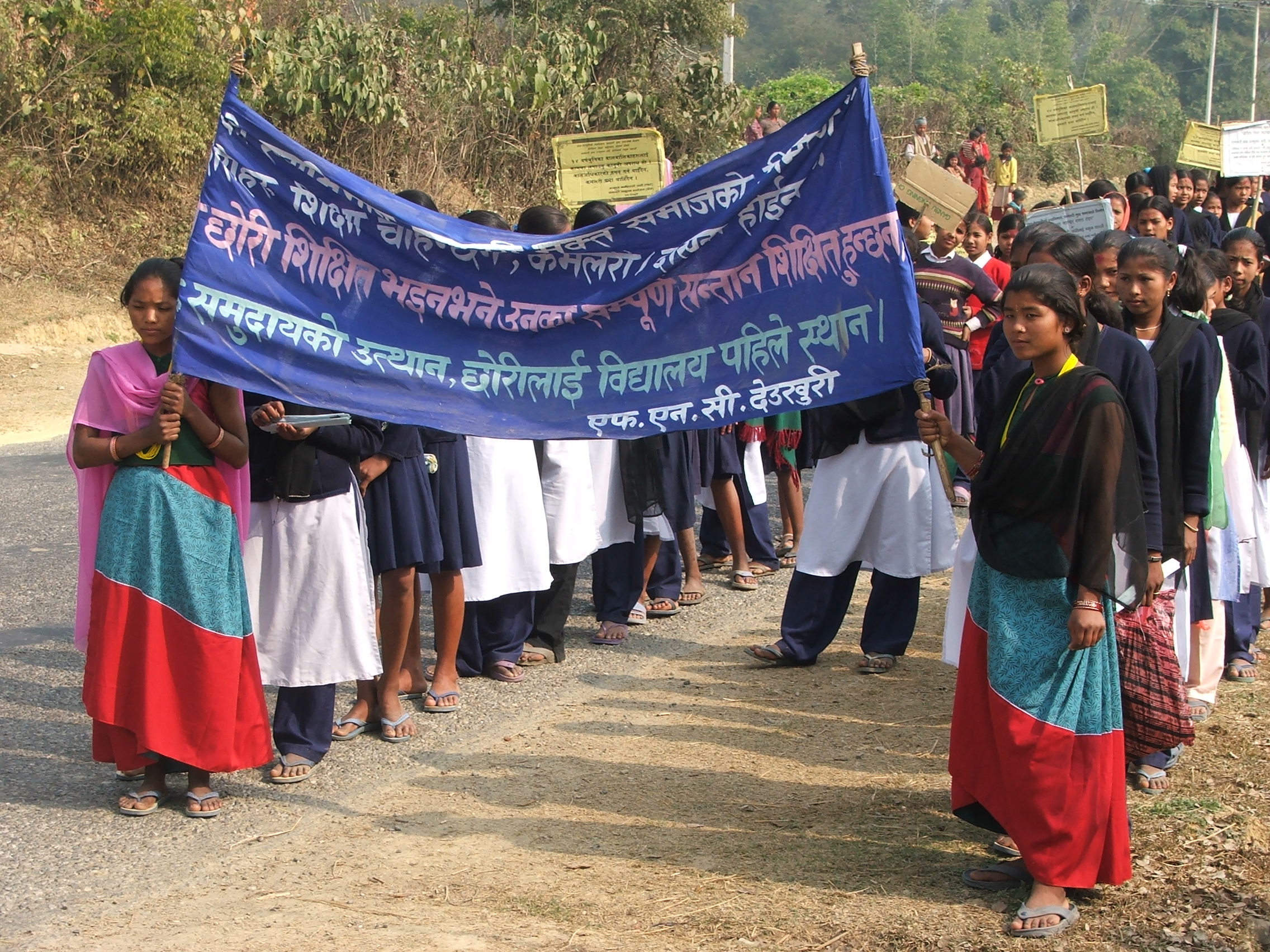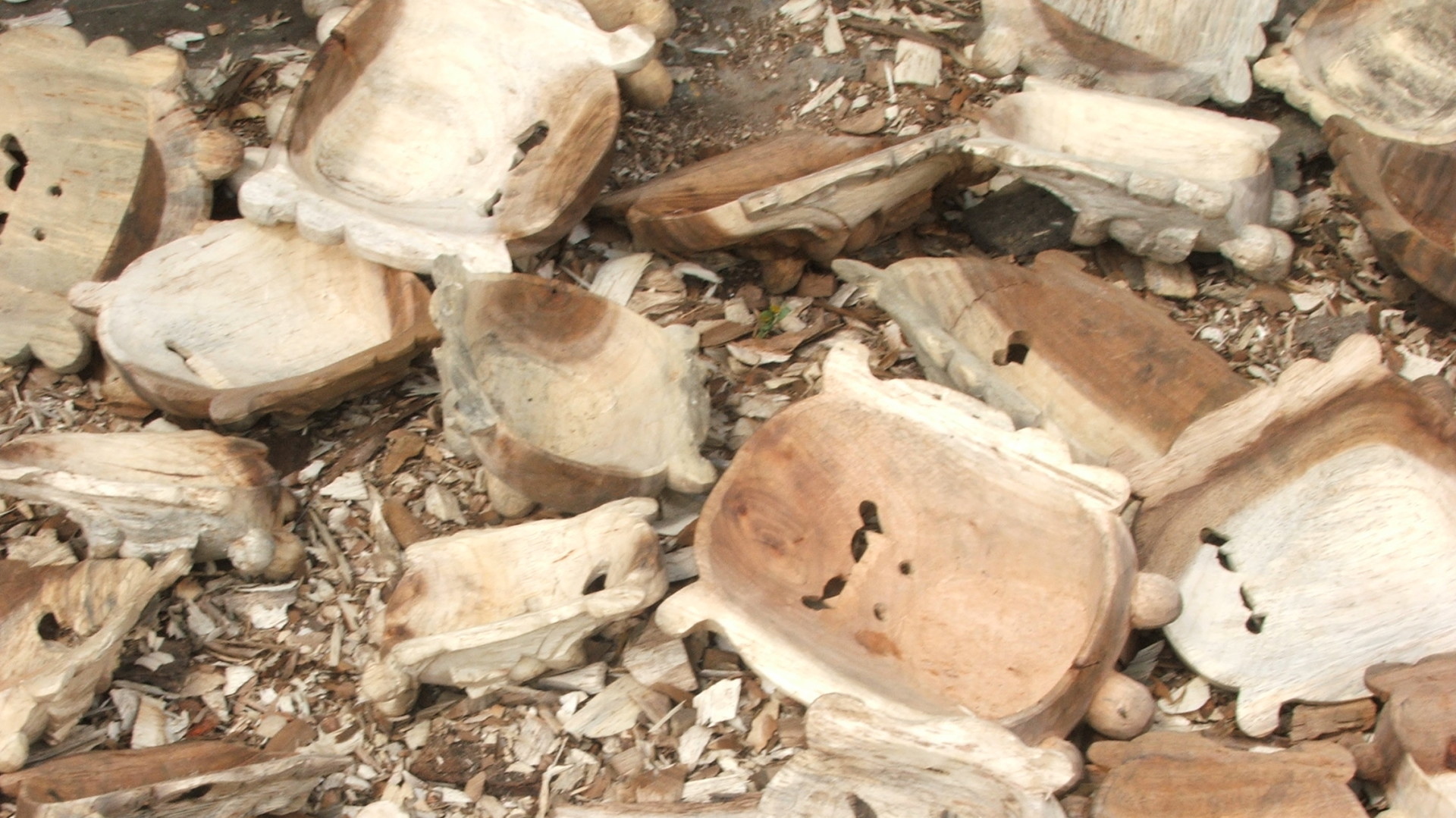Kamlari voices and Movements: theatre between activism and international development (under review)
(Under review). ‘Kamlari voices and Movement: theatre between activism and development’, Development and Change.

Abstract. This paper explores how kachahari natak, the Nepali adaptation of Boal’s Forum Theatre, has been appropriated by Tharu activists and embedded with indigenous dances and songs into awareness raising and mobilization programmes against the kamlari pratha, a practice common among Tharu communities in the Western rural districts of the Tarai, of sending girls aged 6-16 as kamlaris (indentured labourers) to work in landlords’ houses or to well-off families in the cities. The Kamlari Natak Samuha is a grassroot theatre group that performs exclusively against the kamlari pratha and enlists former kamlaris as artists. They perform in villages to persuade the parents not to send their daughters away, as well as in Kathmandu to expose the problem to potential employers. The paper also investigates the processes the group undergoes as they rework their cultural performances to be restaged for urban and multicultural audiences. By exploring the role of drama, songs and dances in the kamlari liberation movement, I want to suggest that indigenous aesthetics not only objectifies ethnic identity in intelligible and portable forms, easily understood by local audiences and similarly exchanged within development project politics. It also offers a space for the reworking of pain. By speaking out against violence in the aesthetic space, the artists try to rework their own lives.
Keywords: kamlari, social movements, activism, art-activism, theatre, international development, agency
